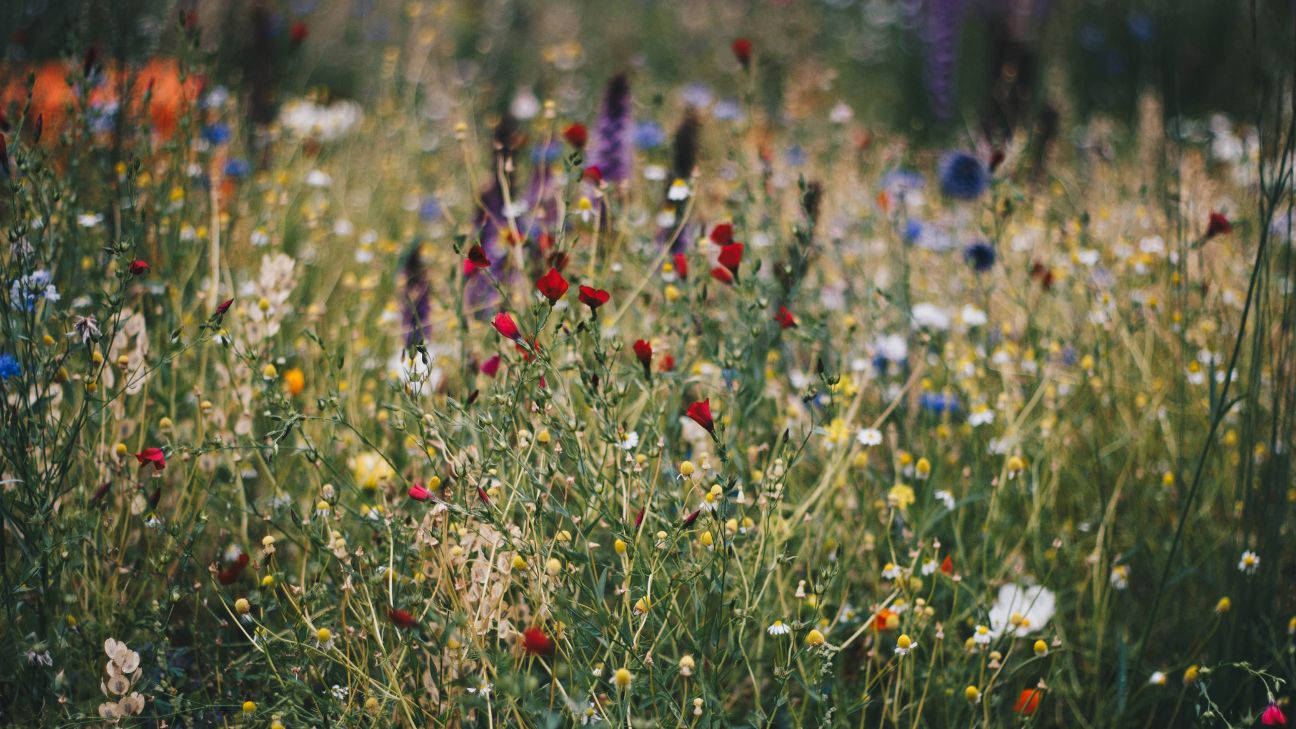Meadowscapes – Environmentally Friendly Landscape Designs
Reduce Your Water Bill & Increase Your Free Time
Meadowscapes are lovely, naturalistic gardens full of native flowers and grasses like those found in an open meadow. Like the meadows found in nature, these cultivated gardens don’t have a lot of woody plants like trees and shrubs.
Your meadowscape can be as big or small as you like, and it can thrive in both rural and urban settings. In fact, growing meadow a meadow can be a great way to bring natural pops of color to a city or suburb while attracting and supporting pollinators. As long as you choose plants that are native to your region, or at least those that are hardy to your zone you can have a thriving meadowscape wherever you are.
Naturalistic gardens like these are becoming popular as alternatives to traditional turf lawns. Overall, they are much better for the environment, lower maintenance, and end up costing less in the long run. Like any other type of garden, it takes a bit of work to set up a meadowscape, but its natural beauty is well worth it.
Benefits of Meadowscapes
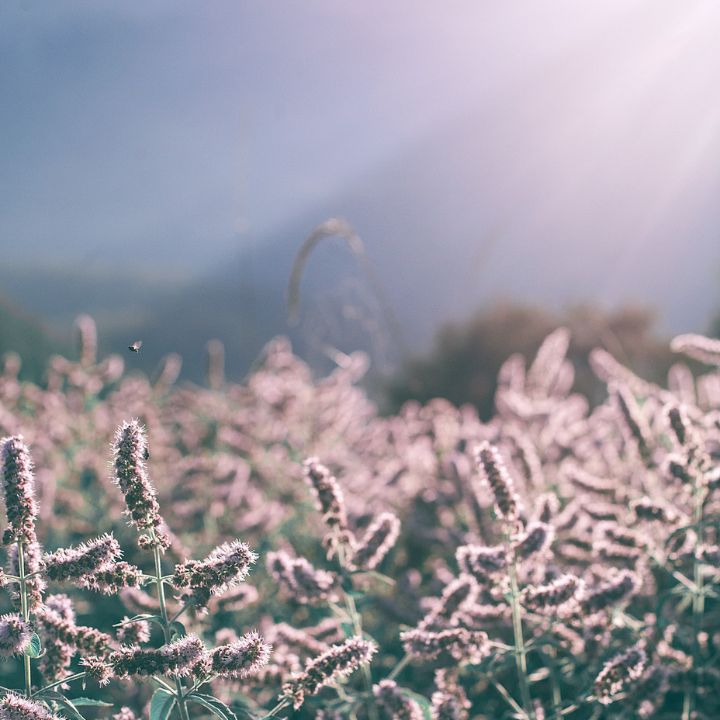
They benefit the environment
Gardens that consist of native grasses and wildflowers can act as habitats for a host of pollinators! Birds, butterflies, bees, and beneficial insects will be attracted to your meadowscape. Not only will your garden support these vital pollinators, it will help decrease your ecological footprint. The herbicides and fertilizers that turf lawns need aren’t required for meadow plants. Wildflowers and native grasses actually do better in nutrient-poor soils!
Another ecological benefit to meadowscapes is that they don’t require much watering once they’re established. Unlike turf grasses, meadow plants only need watering during prolonged periods of drought. After all, these plants have evolved to thrive in your region!
The practice also helps to reduce the ecological footprint. Benefits of meadowscape include:
- Reduction in water usage
- Sequestering carbon
- Native plants are accustomed to climate, becoming less delicate
- Decreased need for irrigation
- Enhance soil nutrients
They can promote the awareness and enjoyment of natural and cultural heritage
No matter how big or small your naturalistic garden will be, it can be your chance to return a little bit of land to a more natural state. You’ll learn a lot about the natural beauty that thrives in your region, and you can even plant flowers and herbs that are traditionally used for nutritional and medicinal purposes. Meadowsweet, hawkweed, valerian, and wild bergamot are just a few useful plants that thrive in meadowscapes.
Easier to maintain than traditional turf lawn
Once meadowscapes are established, they cost less, take less time to maintain, and don’t need the supplementation that turf lawns do. You will still have to contend with weeds, but there are ways to cluster plants that will discourage weeds and other invasive growth. Like we mentioned before, meadow plants thrive in nutrient-poor soils, so there will be no need to fertilize. Plus, you’ll have to prune or mow just once a year!
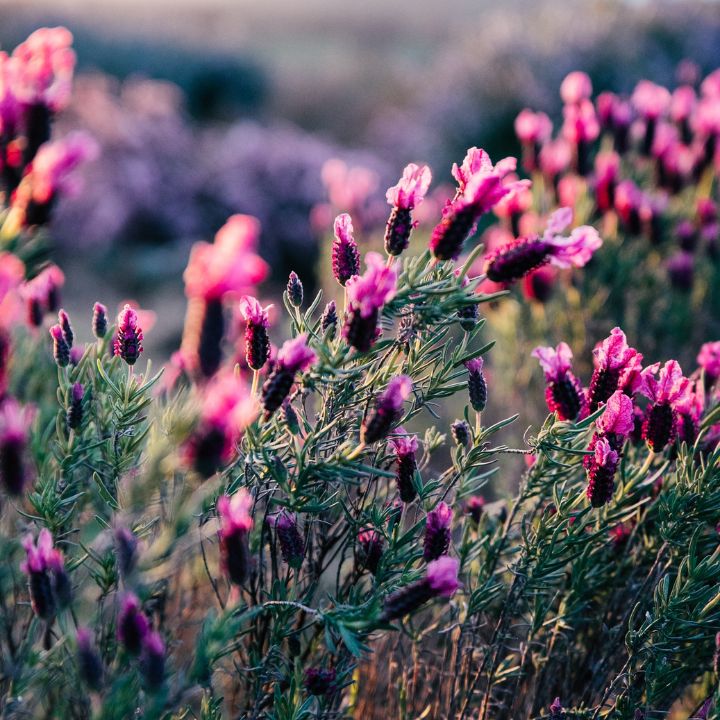

They allow for creativity and are versatile
Once meadowscapes are established, they cost less, take less time to maintain, and don’t need the supplementation that turf lawns do. You will still have to contend with weeds, but there are ways to cluster plants that will discourage weeds and other invasive growth. Like we mentioned before, meadow plants thrive in nutrient-poor soils, so there will be no need to fertilize. Plus, you’ll have to prune or mow just once a year!
You can have a blooming garden 3 seasons out of the year.
With a bit of research, you can find flowers with extended blooming seasons, or create a layout that features wildflowers that bloom during different seasons. Depending on your planting zone, you might even be able to find some that bloom during the winter. There are also several ornamental grasses that do wonderfully during the winter season.
Meadowscape Articles
-
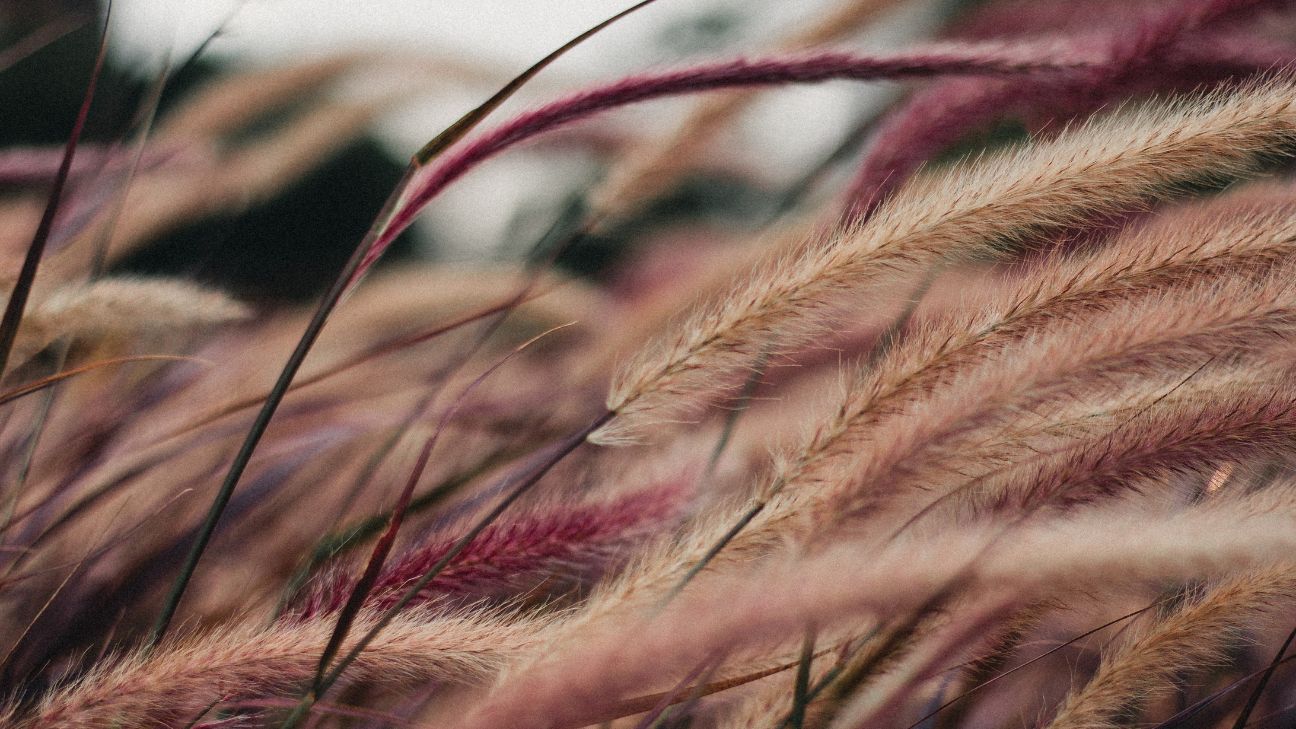
7 Regions of Native Wildflowers & Grasses for Meadowscapes
-
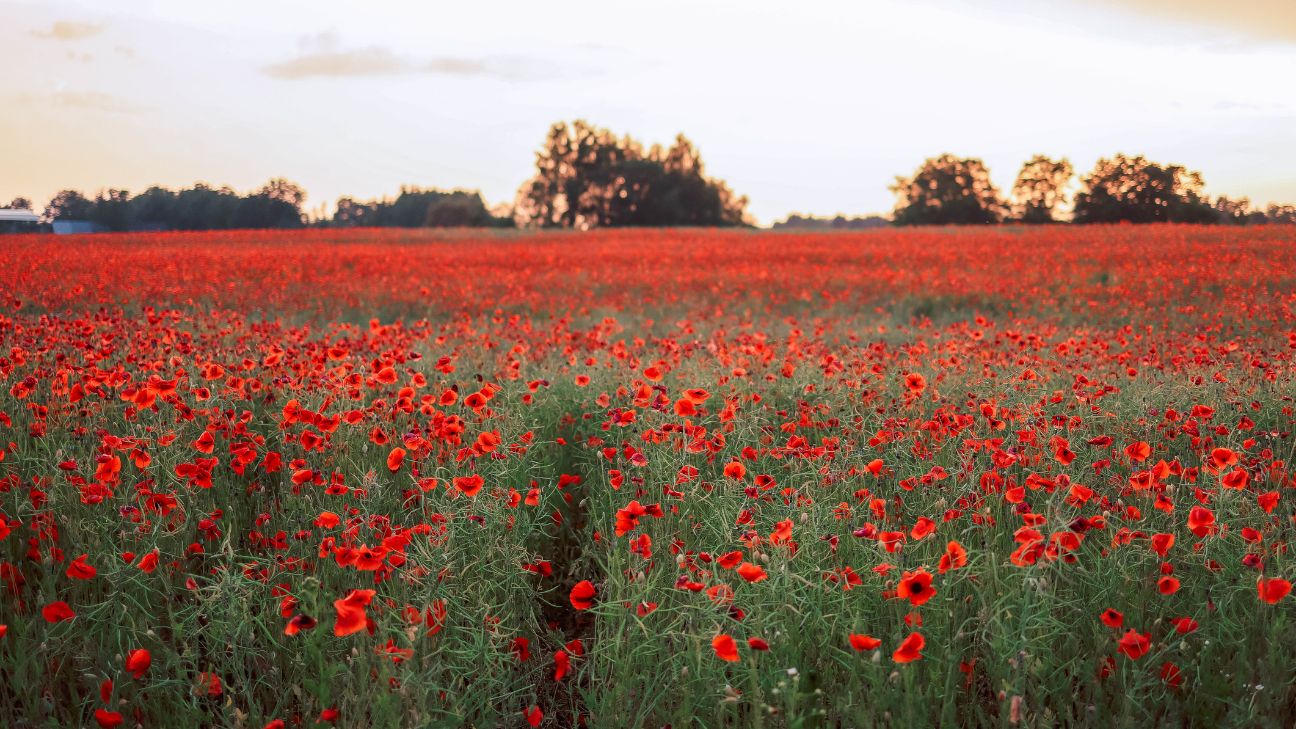
8 Factors That Will Make or Break Your Meadowscape Design
-

3 Step Guide to a Bountiful Meadowscape Landscape
-
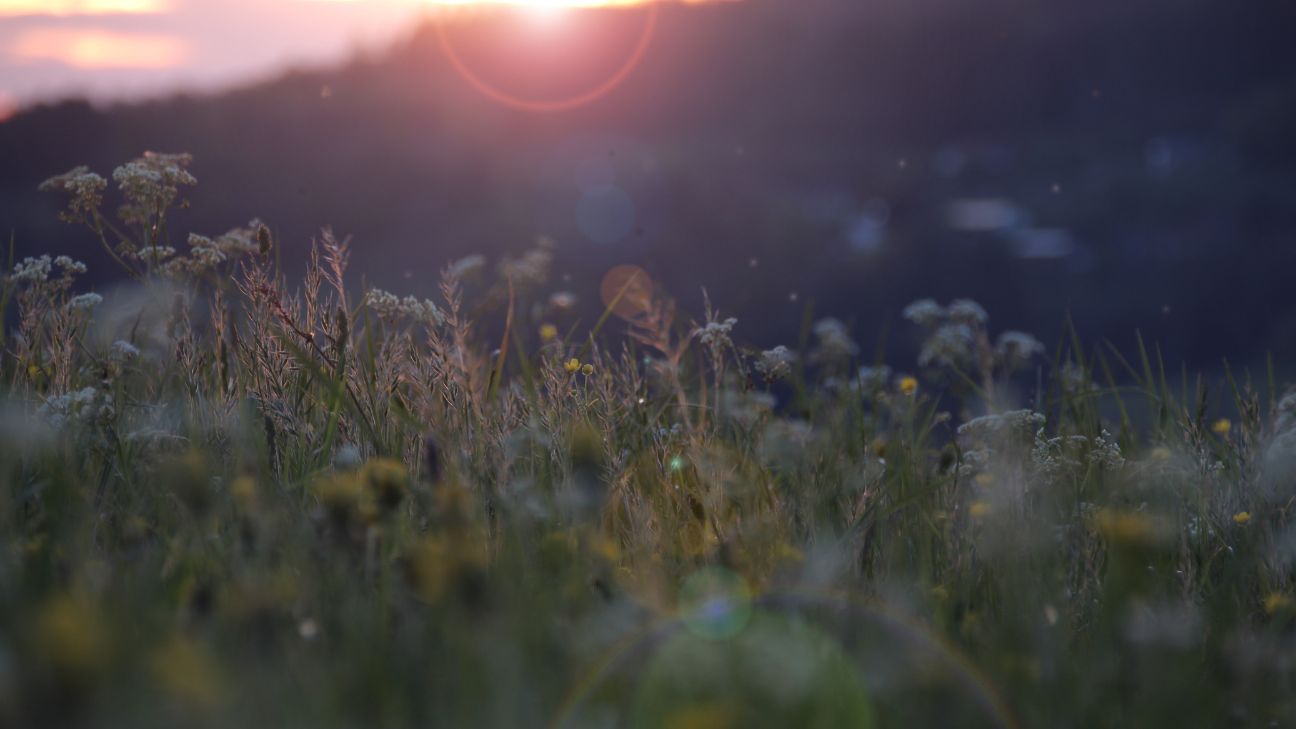
13 Easy Tips to Gorgeous Flower Landscape Ideas
Don’t be afraid to add accents for more visual appeal. Garden statues, birdbaths, and benches can add a lot to your garden. Besides attracting wildlife and adding decorative touches, these touches can make the garden more inviting, transforming it into an outdoor living space. When planning out your new garden, consider leaving a patch of…

